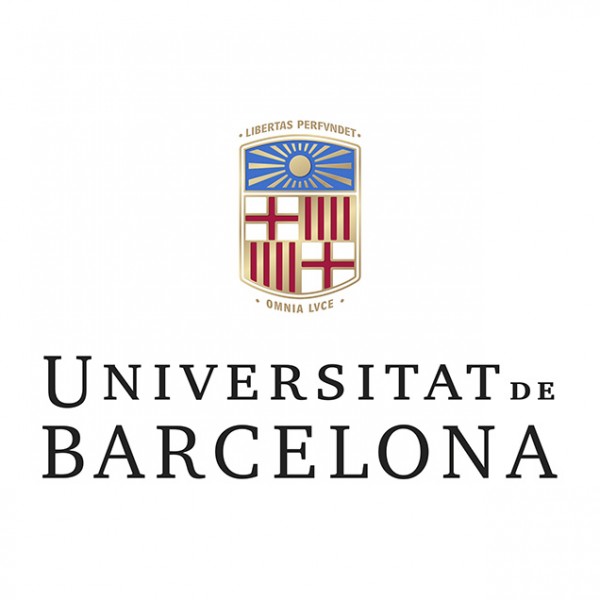ICCUB Colloquia. Karlheinz Langanke: “The Universe in the Laboratory – The Facility for Antiproton and Ion Research” [NOT TRANSLATED]

FAIR will be an international accelerator complex allowing for unprecedented research in fundamental questions of atomic, hadron, nuclear and plasma physics as well as in related applied areas. The research is organized in four large experiment collaborations:
- APPA – performing investigations in atomic and plasma physics as well as in applied sciences like material research and biophysics;
- CBM – exploring the phase diagram of nuclear matter;
- NuSTAR – producing exotic nuclei with unusual proton-to-neutron ratios and determining their properties;
- PANDA – studying hadron structure and form factors via proton-antiproton annihilation.
The talk will summarize the programs of the experimental collaborations, in comparison to other facilities, existing or under construction. As an example for the unique opportunities FAIR offers for research we will discuss how FAIR can contribute to the fundamental question how Nature produces precious metals like gold or platinum.
http://theory.gsi.de/~langanke/
The Facility for Antiproton and Ion Research (FAIR) will be constructed in the coming years as an extension of the current GSI Helmholtzzentrum fuer Schwerionenforschung in Darmstadt, Germany.
FAIR will be an international accelerator complex allowing for unprecedented research in fundamental questions of atomic, hadron, nuclear and plasma physics as well as in related applied areas. The research is organized in four large experiment collaborations:
- APPA – performing investigations in atomic and plasma physics as well as in applied sciences like material research and biophysics;
- CBM – exploring the phase diagram of nuclear matter;
- NuSTAR – producing exotic nuclei with unusual proton-to-neutron ratios and determining their properties;
- PANDA – studying hadron structure and form factors via proton-antiproton annihilation.
The talk will summarize the programs of the experimental collaborations, in comparison to other facilities, existing or under construction. As an example for the unique opportunities FAIR offers for research we will discuss how FAIR can contribute to the fundamental question how Nature produces precious metals like gold or platinum. [NOT TRANSLATED]
